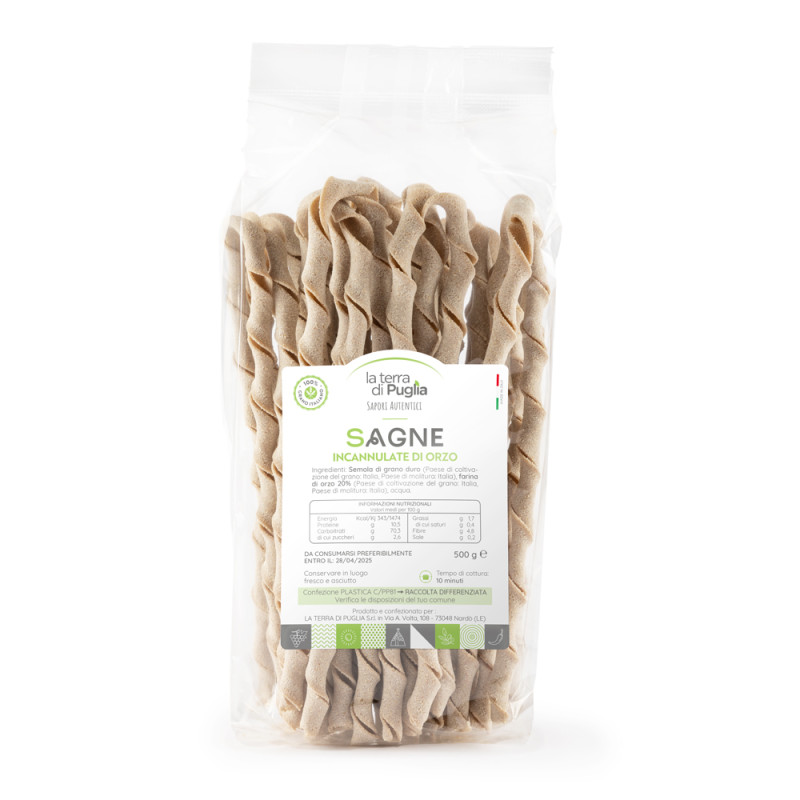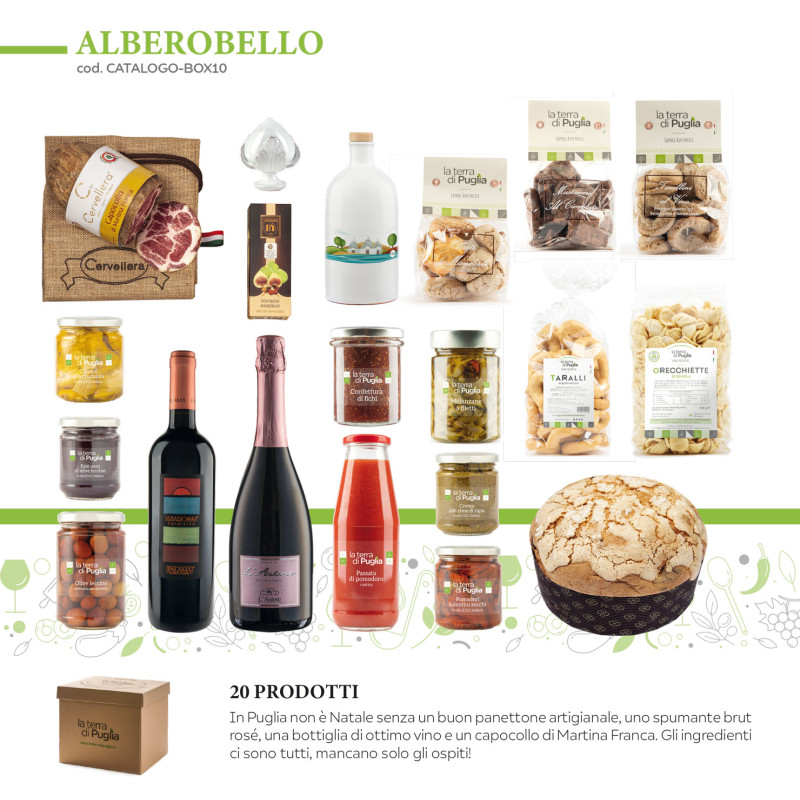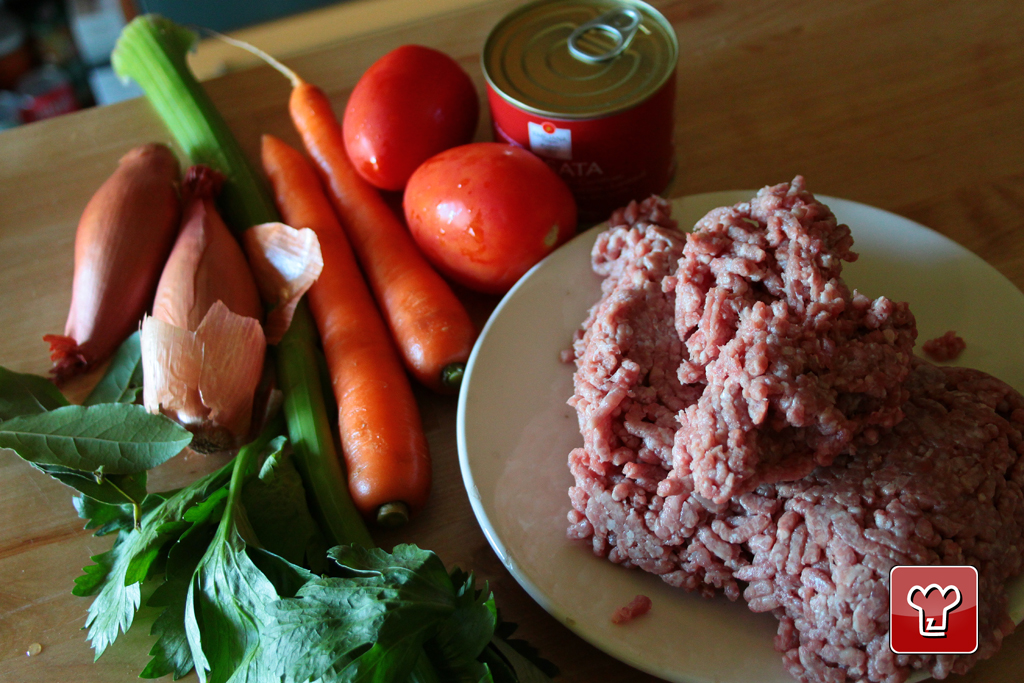Pasta with Bolognese sauce
Of the Bolognese sauce - one of the classics par excellence of Italian cuisine – there are many stories and legends, as there are for Italian trifle, of which we have spoken elsewhere. The Bolognese sauce was invented by a cook from Bologna who worked in France at the court of Louis XIV: the sauce was not invented with minced meat, but from a stew with larger pieces of meat – it was only later that the chef decided to mince the meat instead and use the resulting sauce to mix with pasta, which proved a huge success. This became only one of many legends circulating about the origin of the Bolognese sauce. Another legend has it that the sauce was born in Bologna itself. The recipe that we propose today is that for a classic Bolognese sauce, although there are many other versions, more or less quick to make (remember that the traditional recipe takes 3-4 hours), and with other significant variations, such as the Neapolitan meat sauce, that nevertheless have nothing to do with the traditional Bolognese sauce.
Ingredients
-
onions 100 grams
-
White wine 50 millilitres

Send the recipe
Preparation
Chop the onion, carrot and celery and fry with plenty of olive oil in a clay pot or heavy casserole. Add the ground beef and brown it with a dash of white wine. Add the diced fresh tomatoes and let them simmer for 15 minutes. Add the tomato passata and a little hot water. Add salt, sugar and pepper. Cook for 4 hours over low heat, stirring occasionally. Once ready add it to pasta, and there you have your Bolognese sauce!
Step by step
|
View the step by step
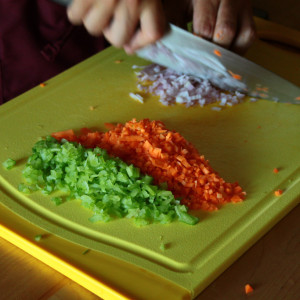
|
Chop up some onion, carrot and celery together
|
|
View the step by step
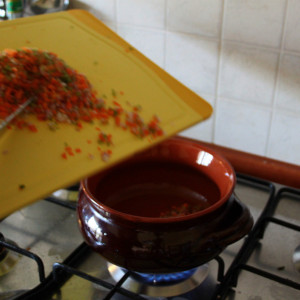
|
Fry the chopped veg together in a heavy casserole or terracotta saucepan
|
|
View the step by step
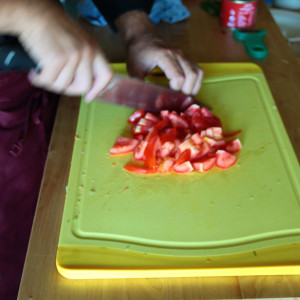
|
Coarsely dice the fresh tomato
|
|
View the step by step
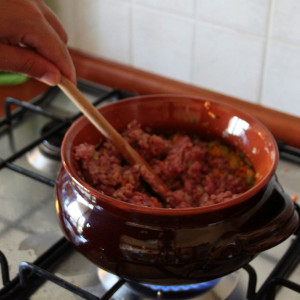
|
Add the minced meat to the pan and brown off for a few minutes
|
|
View the step by step
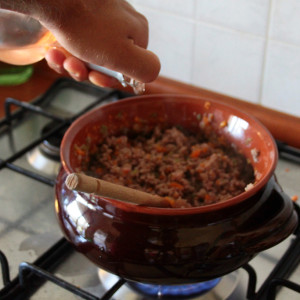
|
Add the white wine and reduce
|
|
View the step by step
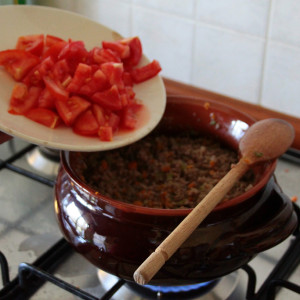
|
Add the fresh tomato and continue cooking
|
|
View the step by step
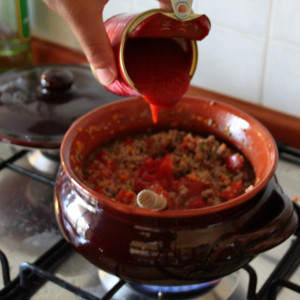
|
Add the tomato passata and bring to a simmer; continue cooking for 3-4 hours on a very low flame
|
|
View the step by step
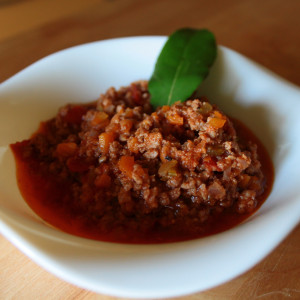
|
Your traditional Bolognese sauce is ready
|
|
View the step by step
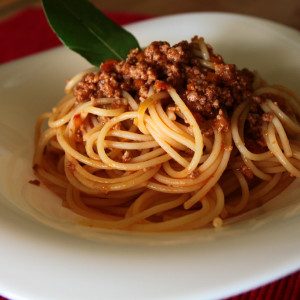
|
Your pasta with Bolognese sauce is ready! Goes well with spaghetti or other pasta shapes!
|
Additional Information
White Ragù Pasta, an interesting variation of classic bolognese Pasta
The classic Bolognese pasta we've presented on this page is a simple ragù pasta that follows the traditional recipe. To make it even simpler, you could even skip adding fresh tomatoes and move directly to the step of adding artisanal tomato puree. We specify "artisanal" because a good ragù comes from using the best ingredients and raw materials. So, choose excellent mixed ground meat from your butcher, fresh vegetables for the soffritto, good olive oil, and a fine white wine. And, of course, a good artisanal tomato puree. In reality, as suggested by the title of this section, you could also decide to prepare white ragù pasta, completely omitting the tomatoes. For a truly delicious result, you could opt for a ragù made with meat cut by hand from your butcher, and perhaps, if you like, add some dried porcini mushrooms rehydrated in warm water. White ragù pasta is also excellent paired with peas, which you could quickly sauté with a bit of shallot and a splash of white wine.
Bolognese Pasta Calories
It’s not always easy to indicate the calories and nutritional content of Bolognese pasta. This happens because the meat can be more or less fatty, or you may have used more or less oil for the soffritto. Or, if you added milk (as is done in Emilia Romagna), you might have further added fat to your ragù. That said, we’ll still give a rough estimate of the calories in Bolognese pasta.
- - 70 grams of Bolognese pasta contain 477 kcal
- - 80 grams of Bolognese pasta contain 545 kcal
- - 90 grams of Bolognese pasta contain 613 kcal
- - finally, 100 grams of Bolognese pasta contain 681 kcal
Also, keep in mind that if you add grated cheese, such as Grana Padano, it’s 77 kcal per 20 grams.
Baked Bolognese Pasta
Another idea to make a different Bolognese pasta or to make leftover Bolognese pasta irresistible is to prepare it or bake it in the oven. To do this, butter a baking dish, sprinkle it with breadcrumbs, and set it aside. In a bowl, mix your Bolognese pasta with some grated cheese, diced mozzarella, two or three tablespoons of béchamel (don’t overdo it with the béchamel). Pour everything into the baking dish, smooth it out with the back of a spoon, add more béchamel on top, sprinkle with cheese, add a few pats of butter, and bake. The oven should be preheated to 200°C in grill mode: you don’t need to cook the pasta, just warm it, melt the mozzarella, and create a nice crispy crust on top.
Neapolitan-Style Ragù Pasta
Neapolitan ragù pasta has nothing to do with Bolognese ragù. It’s a richer and more complex preparation. It starts with a soffritto of onion, oil, and lard, then small rolls of beef tenderloin are added, filled with good pecorino, parmesan, garlic, and parsley. These rolls are then placed in the soffritto along with other cuts of meat: beef muscle, ribeye, pork chops, and pork leg. Once everything is nicely browned, it’s deglazed with good white wine. Then, you add a bit of water with tomato paste and stir it into the meat. You also add tomato puree, adjust the salt, and cover it. It needs to cook, like Bolognese ragù, for at least 4 hours.

